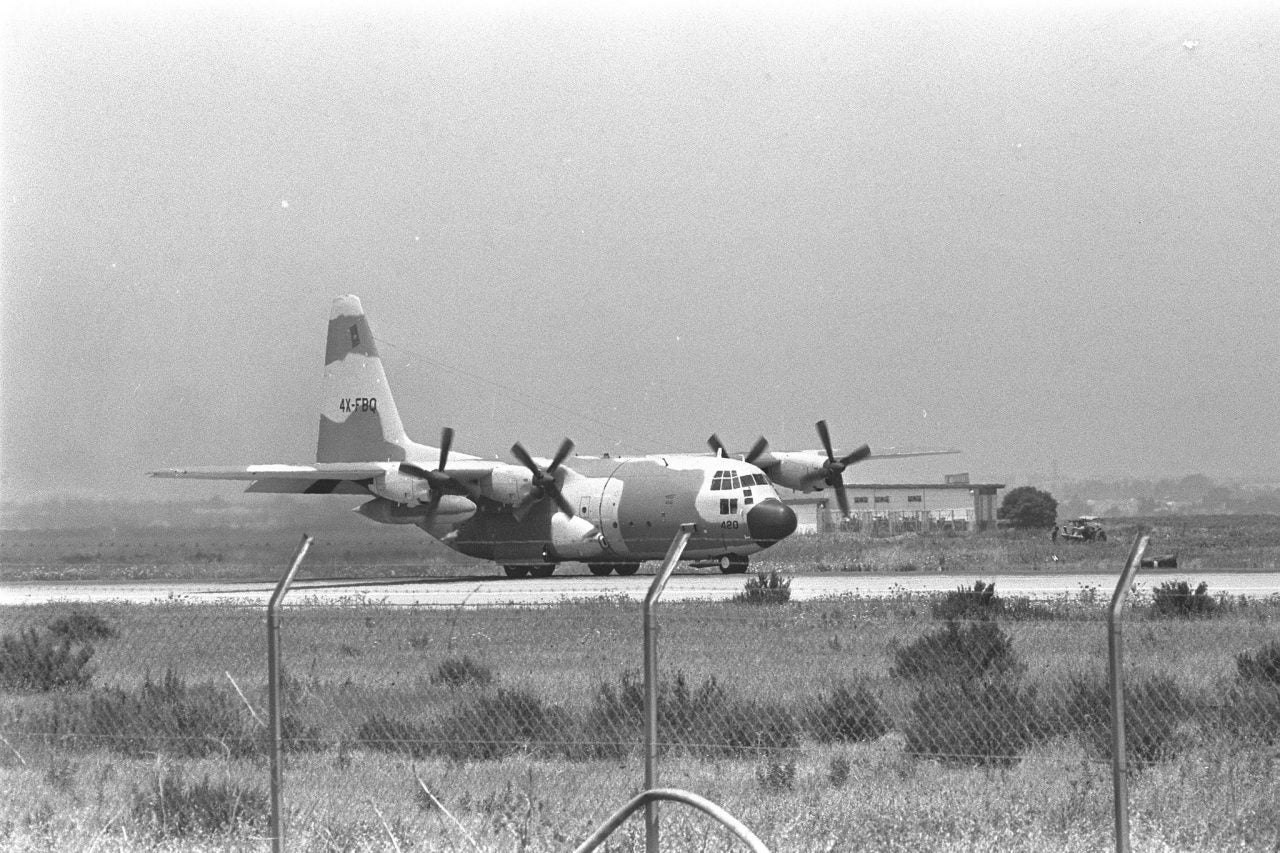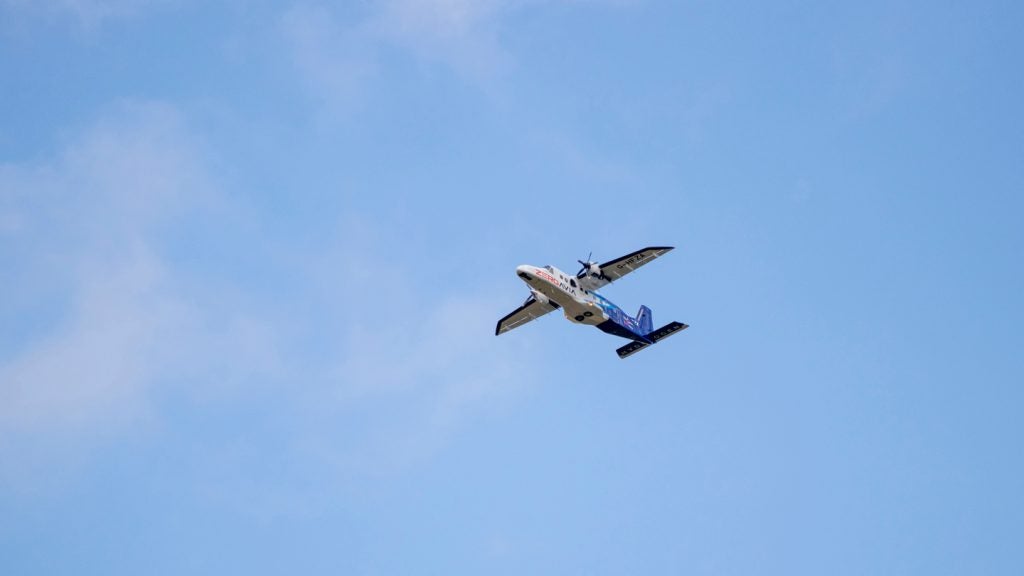
Terror in the Skies: A Look at History’s Most Notorious Airplane Hijackings
9/11 is collectively considered the worst hijacking in the history of aviation, not only because of the number of victims it created but also because it was a watershed moment for the US and the whole world.
The attacks on the World Trade Center and the Pentagon cost the lives of almost 3,000 people – 265 died aboard all four hijacked planes while more than 2,700 perished in the Twin Towers and the Pentagon.
Despite its magnitude, 9/11 is one of the last in a long list of hijackings, tracing back to the earliest days of aviation. Here are three more of the world’s most shocking plane hijackings.
1976 – Air France Flight 139
Departing from Tel Aviv en route to Paris, Air France’s Flight 139 was hijacked on 27 June 1976 by four people. Two of them were members of the Popular Front for the Liberation of Palestine, a Palestinian militant organisation infamous for carrying out hijackings during the 1960s and 1970s, while the other ones belonged to the Red Army Faction, a German left-wing terrorist organisation.
The flight’s schedule included a layover in Athens and that was when the four armed terrorists took over the plane, demanding captain Michel Bacos fly to Libya for refuelling before landing in Uganda, where they were welcomed by Ugandan dictator Idi Amin, who had known about the hijacking from the beginning.
Once arrived in Entebbe, the perpetrators divided Jewish and Israeli passengers from the others, keeping the former as hostages and freeing the latter. Their demands were $5m and the release of several Palestinian and pro-Palestine militants from Israeli and other countries’ prisons. If not met, the hijackers said, they would start killing the hostages.
How well do you really know your competitors?
Access the most comprehensive Company Profiles on the market, powered by GlobalData. Save hours of research. Gain competitive edge.

Thank you!
Your download email will arrive shortly
Not ready to buy yet? Download a free sample
We are confident about the unique quality of our Company Profiles. However, we want you to make the most beneficial decision for your business, so we offer a free sample that you can download by submitting the below form
By GlobalDataOn 4 July, the Israeli forces sent a commando taskforce to free the passengers in a counter-terrorist mission called “Operation Entebbe”. During the operation, the Israeli forces managed to free all passengers except three who were killed in the crossfire.
1985 – TWA Flight 847
Trans World Airlines was flying to San Diego from Cairo via multiple cities when it was hijacked after stopping in Athens on its way to Rome.
The hijackers, Mohammed Ali Hamadei alongside another person, held the plane’s 153 passengers and crew hostage for 17 days, forcing the plane’s captain to go back and forth several times between Algeria and Lebanon before landing in Beirut.
During the hijacking, the criminals beat a number of the hostages and threatened to kill them if their demands, liberation of hundreds of Lebanese detainees from Israeli prisons, were not met.
One passenger – 23-year-old US Navy diver Robert Dean Stethem – was killed and his body was left on the tarmac of Beirut’s airport. As reported by the BBC, negotiations were carried out and resulted in all other hostages being released.
The case resurfaced in 2019 when a Lebanese man was arrested in connection to the incident, but was later released because of a case of mistaken identity.
1985 – EgyptAir Flight 648
Until the events of 9/11, the EgyptAir Flight 648 was considered the most infamous hijacking in the history of aviation because of the number of victims – 60 dead – and the number of parties involved.
The hijacking – which took on a plane directed to Cairo from Athens – began ten minutes after take-off when three members of the Palestinian militant group Abu Nidal Organisation took control of the plane and started to divide Israeli and American passengers from the rest of the hostages.
On the plane, there was also an Egyptian security guard who shot one of the terrorists dead before being fired back at. The incident caused the cabin to lose pressure forcing the captain to perform an emergency landing in Malta, instead of flying off to Libya, as demanded by the criminals.
Once arrived, negotiations began between the Maltese Government and the hijackers – who said they would kill one person every 15 minutes if the government did not allow the refuelling process.
Ali Rezaq, who became the hijacker in charge, killed five people – two Israeli and three Americans – as a result of his conditions not being met.
The incident provoked the strong reaction of Western governments who after a series of diplomatic talks with Malta, managed to send a commando of US-trained Egyptian soldiers to rescue the hostages.
The Egyptian taskforce, though, directly attacked the plane by detonating an excessive amount of explosive.
“They didn’t need to use that amount of explosives,” said Abela Medici, the head of the police’s forensic team at the time, in an interview with The Malta Independent on Sunday. “In the process, because it was a windy day, the explosion fuelled a fire which took over the fuselage and moved along the top set the overhead compartments of the cabin alight as well.”
The soldiers also started shooting inside the plane, killing passengers as well as the co-pilot but missing Ali Rezaq – who had disguised himself as a hostage and was brought to the hospital.
The conspirator was initially sentenced to 25 years in prison but only served seven years before he was eventually was extradited to the US where is still serving life sentence.







